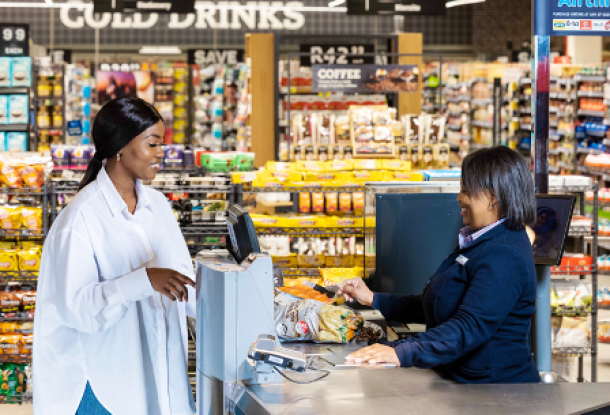How secure contactless cards are in South Africa
Banks in South Africa have been rolling out “tap and go” technology to support contactless payments for some time.
The technology is used at points of sale at popular outlets, including Pick ’n Pay, McDonald’s, and Gautrain stations.
While major banks have thrown their weight behind the technology, consumers have expressed concerns over the security of tap-and-go cards.
Among the fears is that contactless payment technology makes it easier to clone bank cards, which criminals can then use to steal funds without entering a PIN.
Contactless cards and PINs
Senzo Nsibande, the head of card fraud at FNB Credit Card, told MyBroadband that cards which support contactless payments use the same security that normal chip transactions use.
“There are many security features on contactless cards, which includes high-end encryption technology that protects the card’s data from reproduction,” said Nsibande.
He said that although smaller payments may be made by simply tapping the card on a supported terminal, for higher value amounts you still enter your card PIN.
“However, some retailers may have their own limits,” he said.
Sensationalist reports
The head of consumer issuing at Absa Card, Tshipi Alexander, said they randomly request a card’s PIN – even on small transactions – as an additional safety measure.
This makes it difficult for a fraudster to use the card with any level of confidence, said Alexander.
He stated that cloning a contactless card would also mean cloning its chip, as that is the part of the card that facilitates the transaction.
“Some sensational reports show that contactless cards can be remotely read by someone close to you, but upon testing it has shown that the data that can be retrieved is not sufficient to be used in fraudulent transactions – the chip cryptograms are just too strong,” said Alexander.
“Internationally there has been no known instance of a chip being successfully cloned and used fraudulently.”
Less vulnerable
Alexander added that contactless cards are actually less prone to card-cloning fraud.
“What fraudsters do is copy or clone the magnetic stripe. They then use that in countries where chip technology is not yet fully deployed,” said Alexander.
The United States is an example of a country where chip-and-PIN technology is not widely adopted.
This means contactless cards are actually less vulnerable, as the card never leaves your hands – let alone your line of sight.
“As such, contactless actually enhances the security of the customer by ensuring the plastic remains in his/her hand and thereby reducing the opportunities of fraudsters to see the PIN being entered,” said Alexander.
Alexander added that the only way fraud can be committed through the contactless functionality, albeit for small amounts, would be if the card is stolen.
“Make sure your cards are in a safe place and immediately report it to the bank if it is stolen or if you lose the card,” he said.
You should also subscribe to your bank’s SMS and email notification services, he added.
News Category
- International retailers
- On the move
- Awards and achievements
- Legislation
- Wine and liquor
- Africa
- Going green
- Supplier news
- Research tools
- Retailer trading results
- Supply chain
- Innovation and technology
- Economic factors
- Crime and security
- Store Openings
- Marketing and Promotions
- Social Responsibility
- Brand Press Office
Related Articles
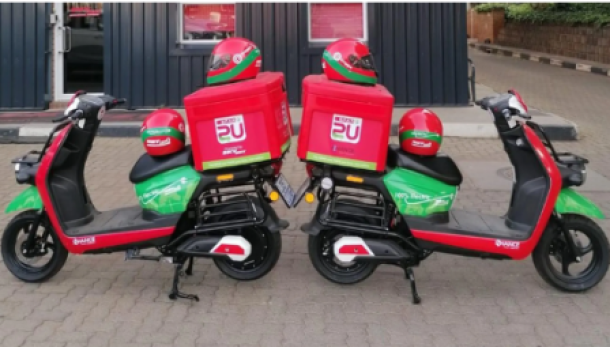
Two local businesses see a gap as food and groc...
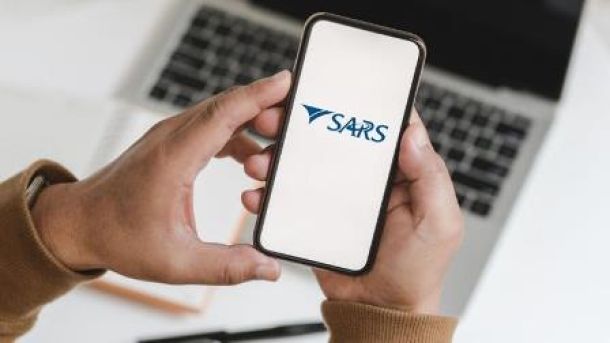
SARS launches WhatsApp channel to help check ta...
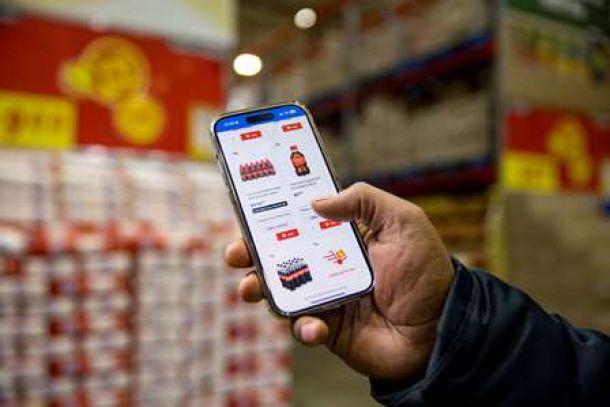
Shoprite launches online shopping and bulk deli...
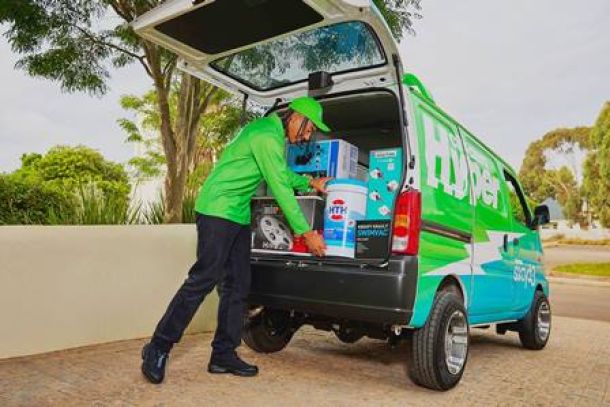
Sixty60 promises lightning-fast delivery of 10 ...
